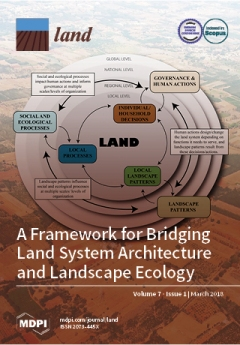Siracusa, EuroMediterranean Smart City
|
About three years ago, the City of Siracusa has started a serious reflection about the crisis, about its model of development and its problems related to its territorial marginality. In this context, it lodged a service "Complex Programs and EU Policies" internal the Department of Public Works as the first embryo of the future Urban Center in Siracusa. |


